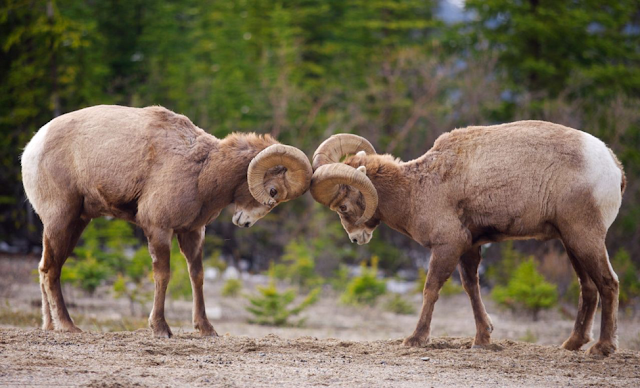My eyes! Parasites in....my contact lenses?!
Photo courtesy of Stacey Peoples Now there is not a doubt in my mind that after reading that title you are wondering what fresh hell I'm presenting you this week. Sometimes, while reading about and studying diseases it seems nothing is safe but rest assured that the human body is by far the best security system on the market with defenses in place to keep little nasties like parasites out of it. But every now and again, little buggers manage to slip through undetected. When this happens, our body explodes with defense mechanisms all striking at the same time because it isn't sure to how to properly defend itself agains the invader. Our eyes are a prime example of a location where invaders can work their magic and bypass our bodies natural security system and sometimes, we unintentionally help them out in their efforts. Take one of the 45 million people in the USA alone who wear contact lenses. Now these lenses themselves aren't the problem p...



